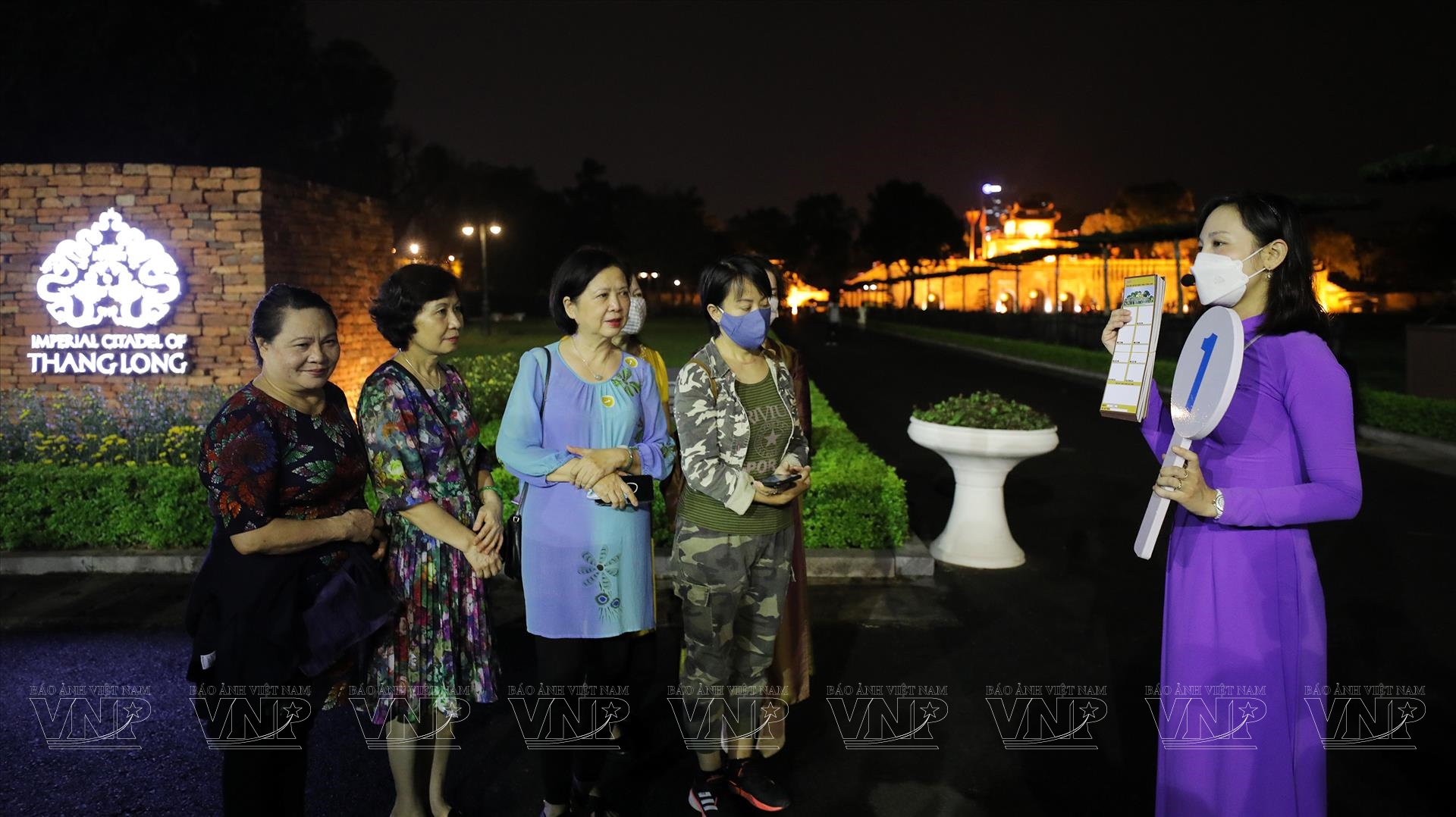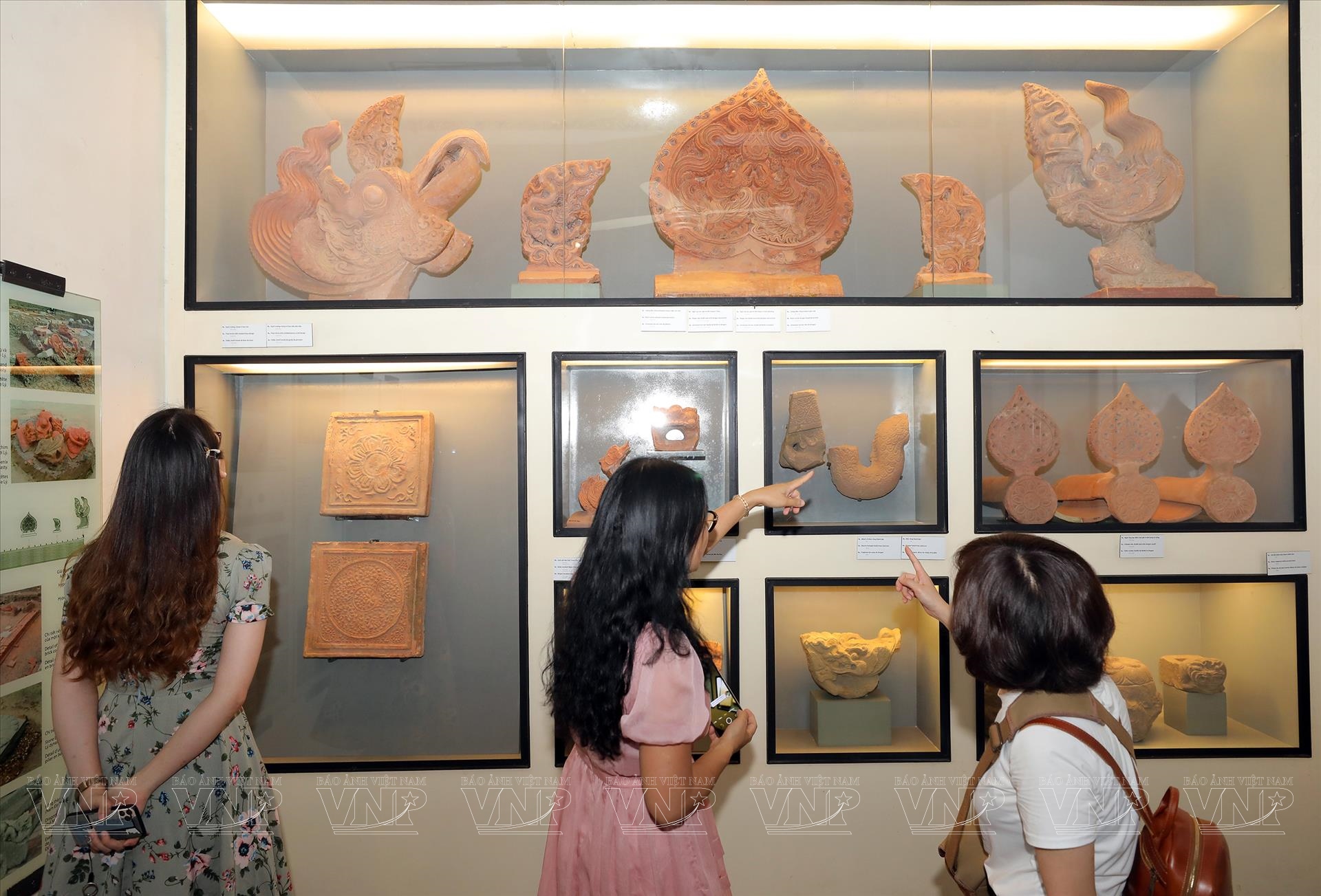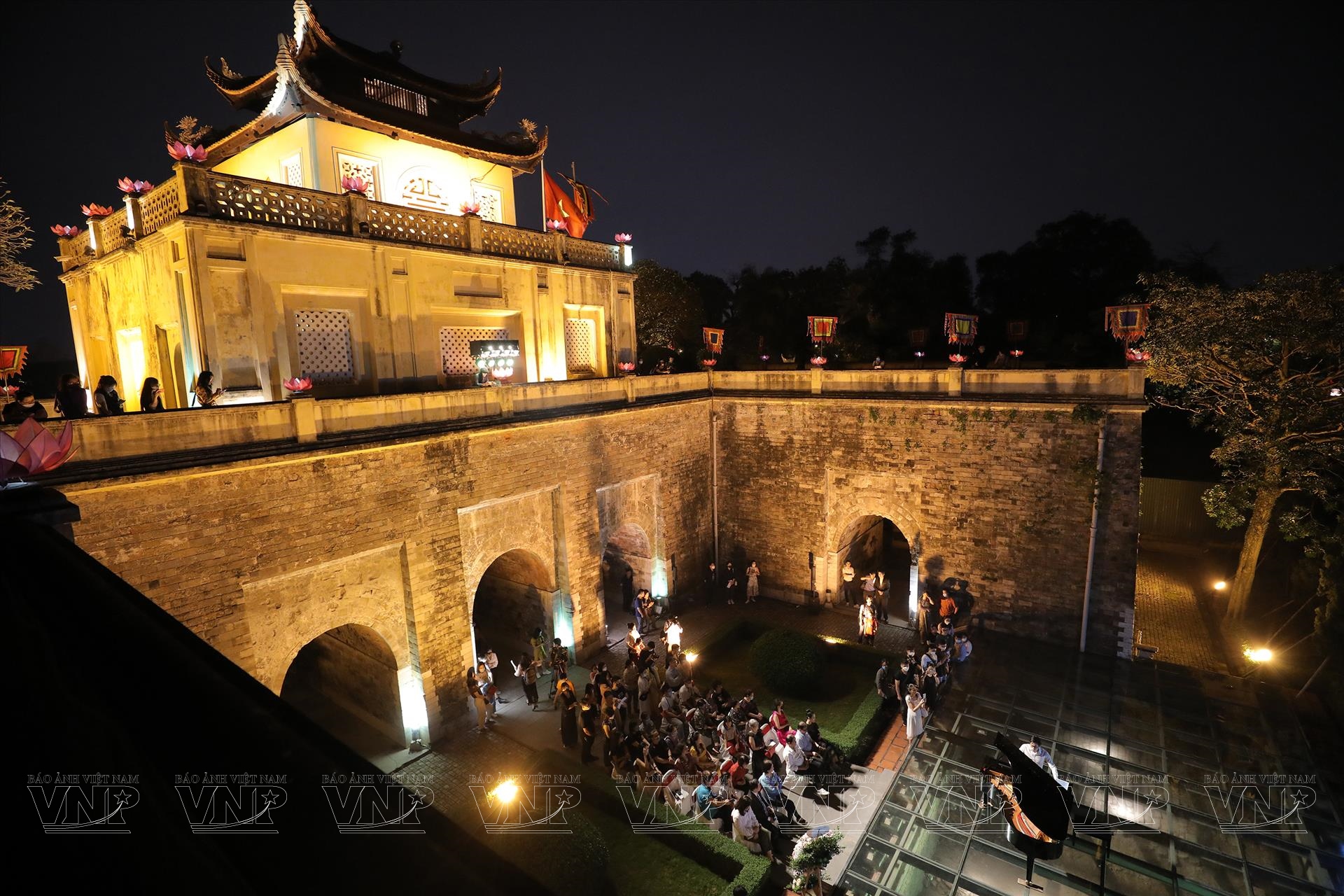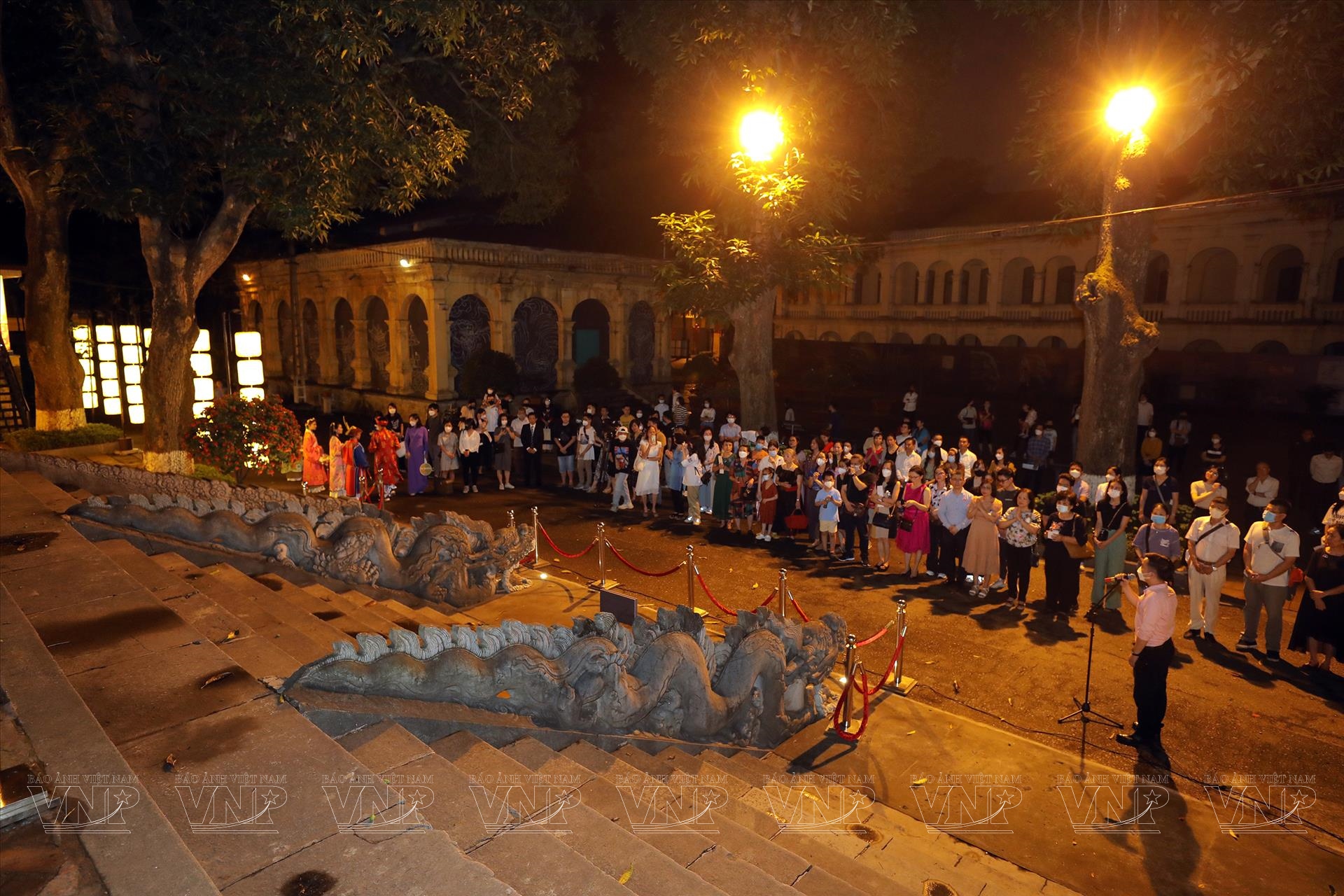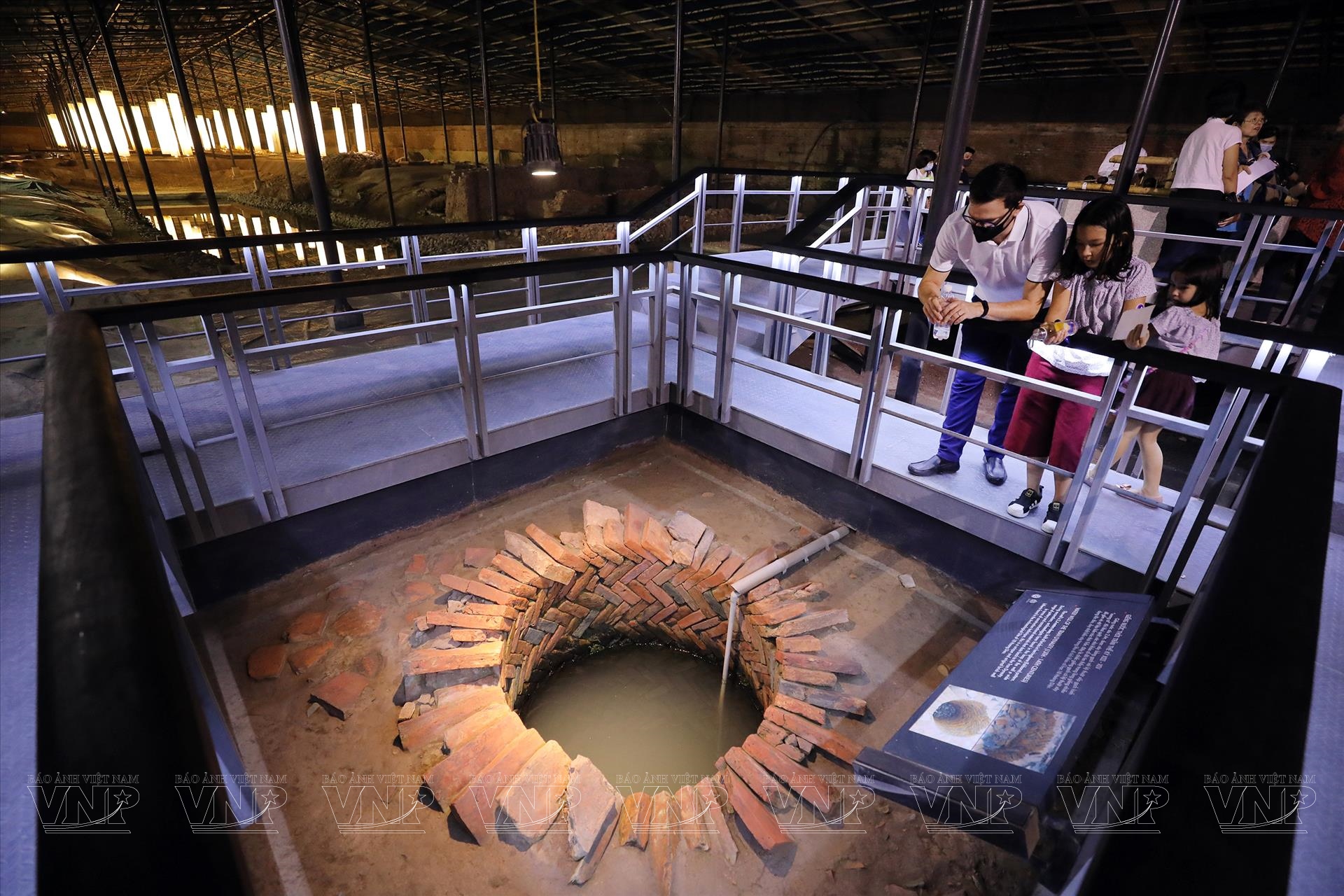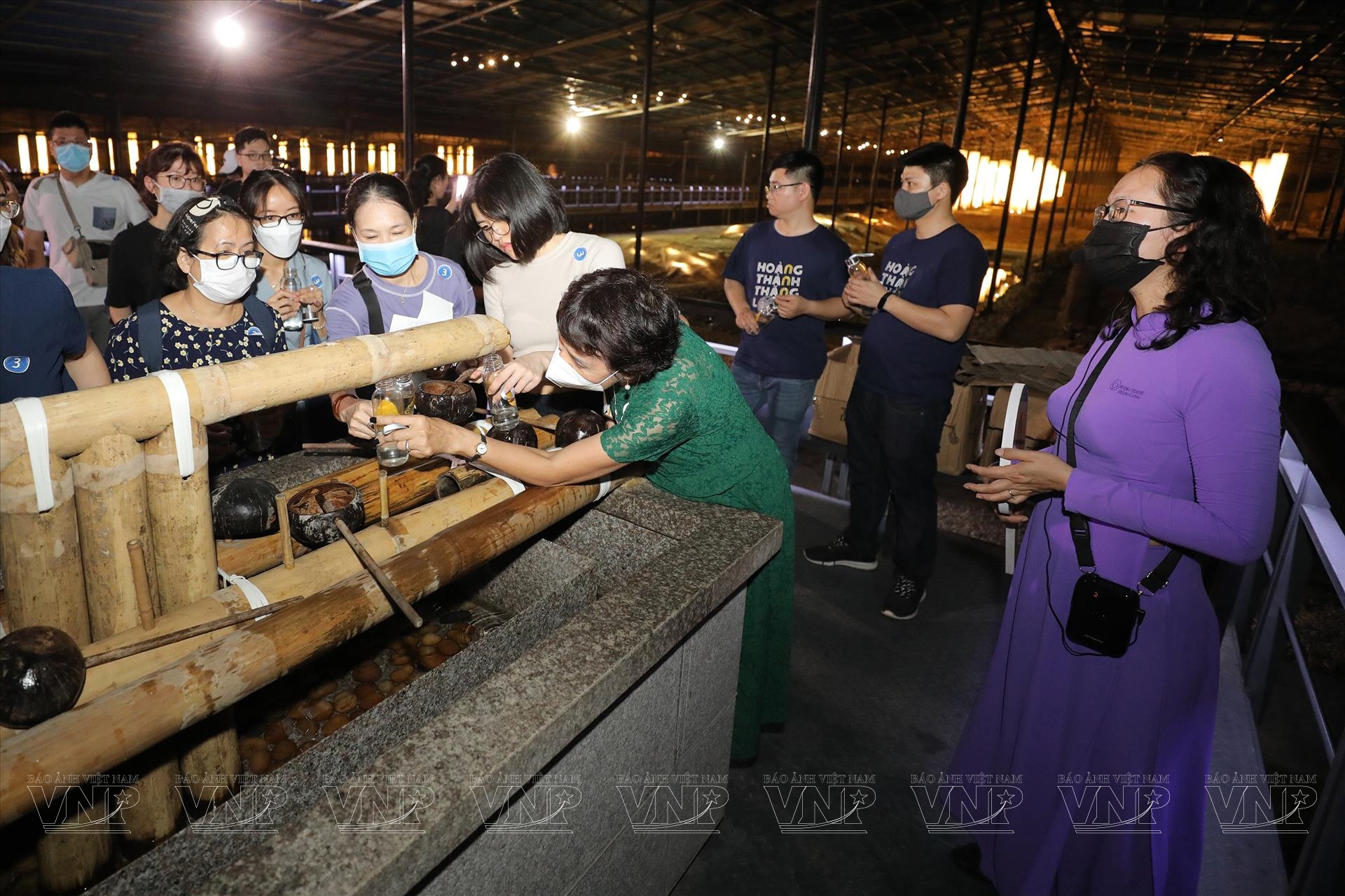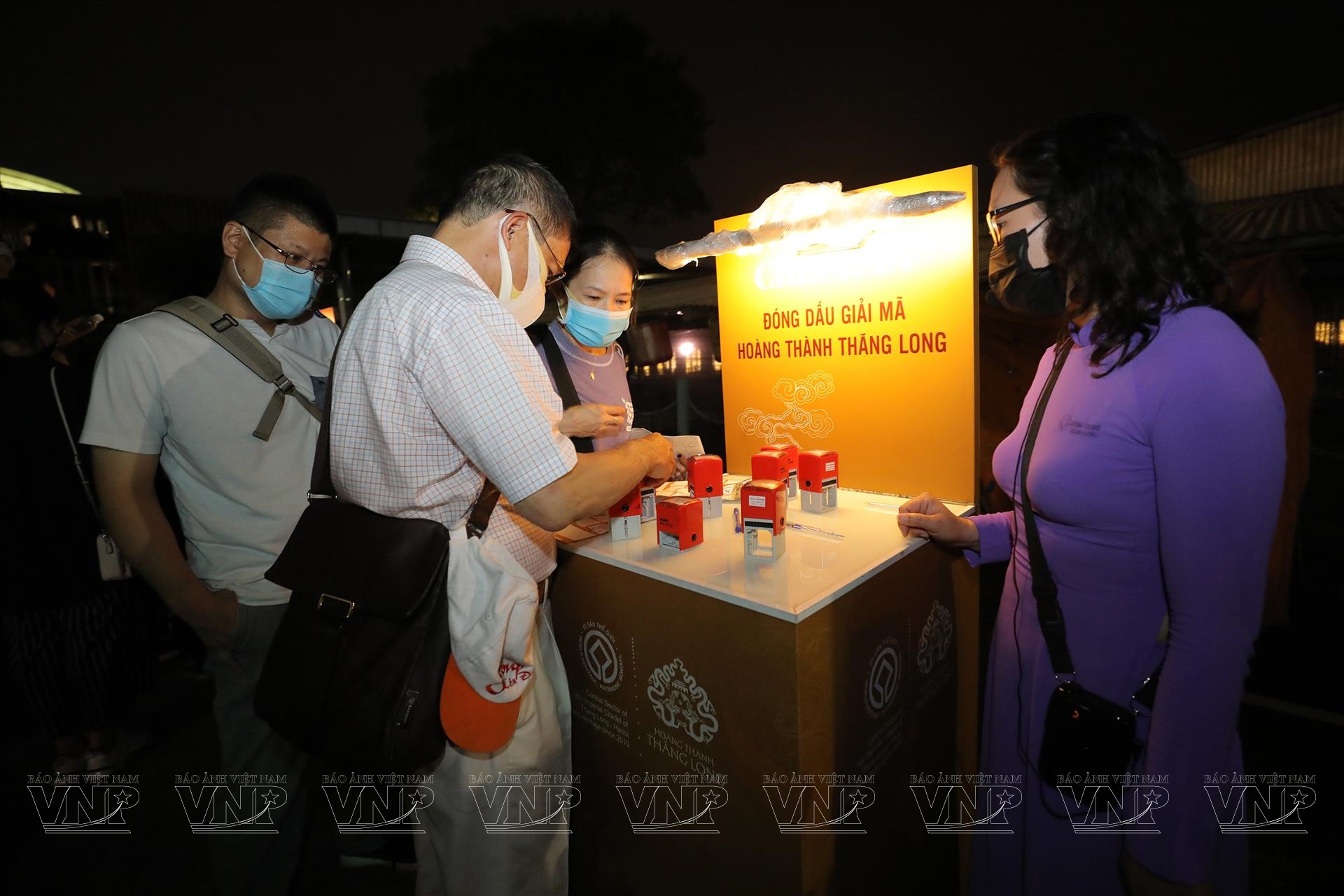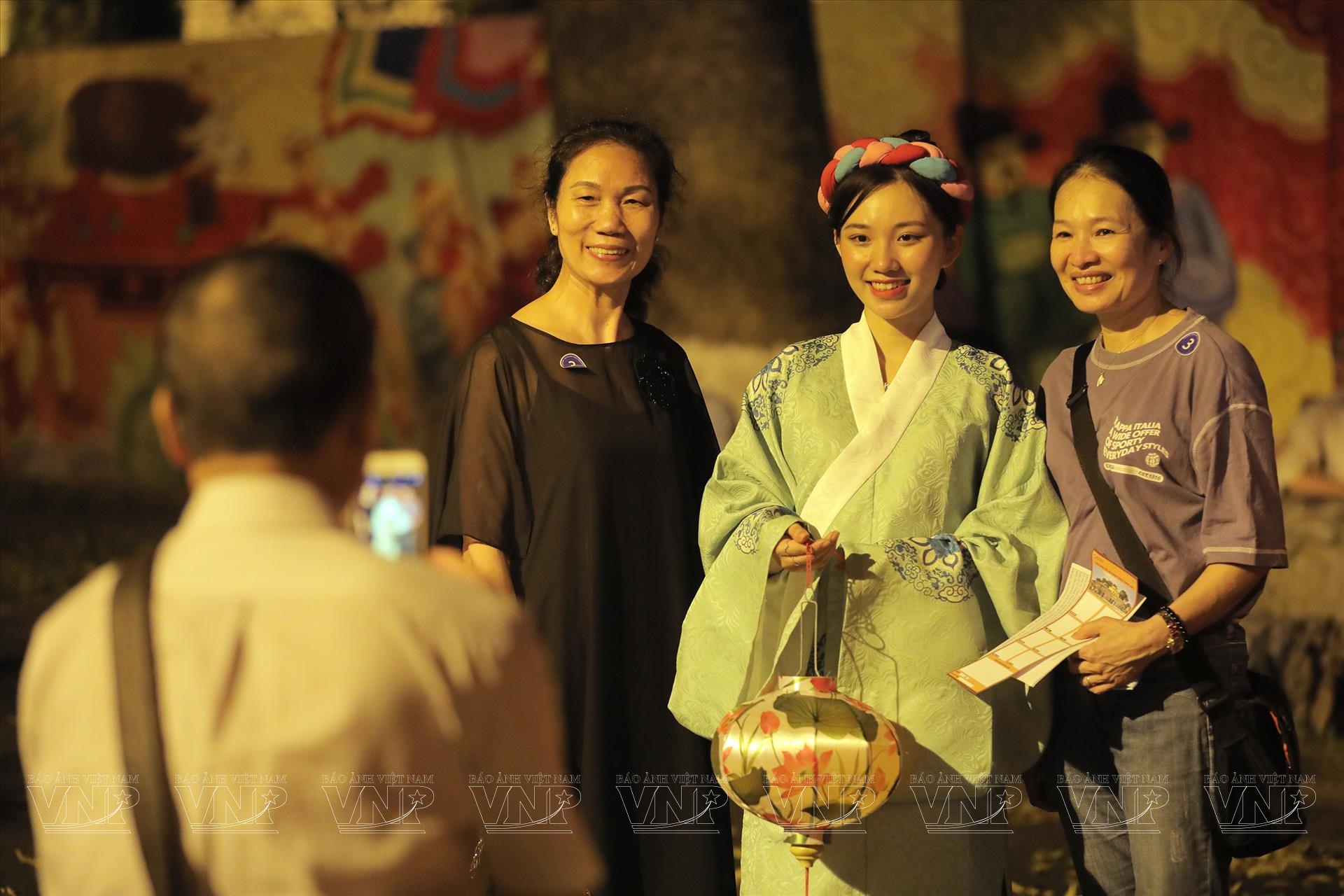Decoding the Imperial Citadel of Thang Long
The Imperial Citadel of Thang Long (Hanoi) is a magnificent architectural work of Vietnam, recognized by UNESCOas a world cultural heritage. Recently, the Thang Long Heritage Conservation Center has re-launched the night tour “Decoding the Imperial Citadel of Thang Long”for domestic and foreign tourists.
The Imperial Citadel of Thang Long is one of the golden imprints of the thousand-year history of Vietnam. After King Ly Thai To's decree in 1010, the Vietnamese capital was officially moved to Thang Long (formerly known as Dai La). As a result, structures were erected all around the new capital. The most prominent of which is the construction of the imperial citadel of Thang Long. The citadel consists of 3 layers: La Thanh, Hoang Thanh, and the Forbidden City. After more than 1000 years, going through the Ly, Tran, Le, Mac and Nguyen dynasties, the citadel now is damaged heavily by time and attacks during wars. Most of the architecture seen today is preserved and restored from the old ruins. The archaeological site has also gradually been excavated and opened to the public.
The Imperial Citadel of Thang Long has a total area of 18,000 hectares, including places like the citadel gate, the palace and other archaeological areas. The “Decoding the Imperial Citadel of Thang Long” tour starts from Doan Mon Gate which is the innermost gate leading directly into the Forbidden City. Doan Mon Gate has a U-shaped structure. It is made of stone, about 46m wide and consists of 3 arched doors. The largest door in the middle is for the king’s passage, the two sides are for the royal family and courtiers. Above the gate is a gazebo with the function of guarding the gate.
Under the shimmering light, visitors will find themselves immersed in the ancient royal vibe right from the moment they check in at Doan Mon Gate, where they can take pictures with the “guardians” and “palace maidens”. After that, visitors can watch art performances on glass floors at Doan Mon archaeological pit and enjoy the beautiful ancient dance performance “Thang Long Palace”.
The tour also takes visitors to the gallery “Thang Long - Hanoi, a thousand years of history from the underground” which gives them a chance to offer incense to the 52 kings at Kinh Thien Palace. The palace is considered the main spot of the ancient citadel. Here, one can see the collection of stone sculptures that are the signature of the early Le Dynasty. Visitors can easily spot a pair of adoring dragons which are exquisitely crafted from blue stone. Their bodies are full of soft curves with heads held high with big round eyes and jade in their mouths.
The tour was held at night, giving a dreamy color to the whole Imperial Citadel. Fancy lighting highlights the ancient beauty of antiques and heritage, including the Doan Mon area and the Kinh Thien palace and archaeological relic. Participating in this new tourism product, visitors are given the opportunity to learn about artifacts from the Ly, Tran and Le dynasties. They also can take home gifts of spiritual value such as, items from the ceremony at Kinh Thien palace and water from a Tran dynasty’s well.
The last attraction in the tour is Archaeological Site 18 Hoang Dieu. Here, after years of excavation, archaeologists have found millions of artifacts dating back 1,300 years, contributing to the great value and uniqueness of the relic.
The tour ends with the game “Decoding the Imperial Citadel of Thang Long”. A number of signature artifacts of the citadel are shown by laser on archaeological remains for visitors to decipher. Interesting facts and hints are revealed throughout the tour.


